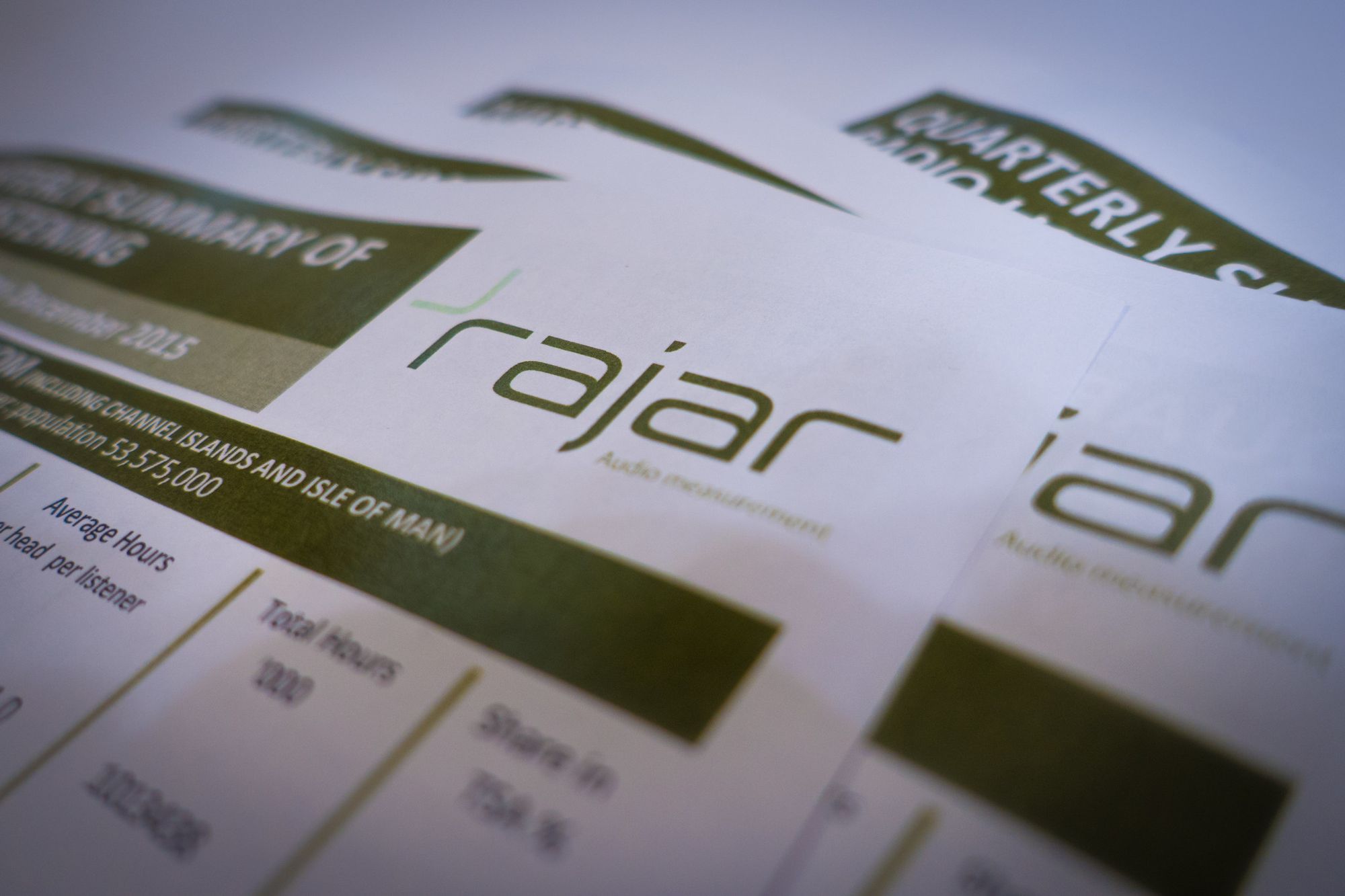Introduction:
Small-Scale DAB radio, or Digital Audio Broadcasting, is an exciting technology that has transformed the way local and community radio stations transmit their content. In this comprehensive guide, we'll explore the world of Small-Scale DAB, shedding light on its features, benefits, and impact on the broadcasting landscape.
Understanding Small-Scale DAB Radio:
Small-Scale DAB Radio is a technology that allows local and community radio stations to broadcast their content digitally. Unlike traditional analog radio, DAB radio uses digital signals, offering better sound quality and more efficient use of frequencies. This shift from analog to digital transmission has opened up new possibilities for smaller broadcasters to reach their audiences with improved coverage and sound clarity.
How Small-Scale DAB Works:
At the core of Small-Scale DAB is the multiplexing process, where multiple radio stations are combined into a single digital signal called a multiplex. These multiplexes are then transmitted via DAB transmitters to reach listeners within a specific coverage area. By sharing multiplexes, small stations can reduce costs and reach a wider audience, democratizing the broadcasting landscape.
Advantages of Small-Scale DAB:
Small-Scale DAB offers several benefits for broadcasters and listeners alike:
a. Enhanced Sound Quality: Digital broadcasting provides superior audio quality, free from the crackles and hisses often associated with analog radio.
b. Increased Choice: Small-Scale DAB opens doors for a diverse range of local stations, offering listeners a wider selection of content that caters to their interests and tastes.
c. Improved Coverage: DAB signals can cover larger areas with greater reliability, enabling stations to expand their reach and connect with more listeners.
d. Cost-Effectiveness: The shared nature of multiplexes allows broadcasters to reduce expenses and encourages new entrants to the radio broadcasting space.
e. Interactive Features: DAB radios often come equipped with interactive features, allowing listeners to access additional information about the programs and stations they're tuning into.
Licensing and Regulation:
Small-Scale DAB licensing and regulations vary by country and region. Typically, broadcasting authorities allocate multiplex licenses to ensure efficient spectrum usage and prevent interference. Aspiring broadcasters must follow guidelines and obtain the necessary permits to operate legally.
Small-Scale DAB and Community Radio:
Community radio stations, in particular, benefit significantly from Small-Scale DAB. The technology empowers these stations to amplify their voice and serve their local communities better. It fosters diversity in content, encourages community engagement, and promotes local talent, all while strengthening the social fabric.
Future Prospects:
The future of Small-Scale DAB looks promising. As the technology continues to evolve, we can expect further improvements in audio quality, coverage, and cost-effectiveness. Moreover, as more listeners embrace DAB radios, the demand for diverse and localized content will grow, opening doors for exciting opportunities in the broadcasting sector.
Conclusion:
Small-Scale DAB has revolutionized the way local and community radio stations operate, enriching the broadcasting landscape with enhanced sound quality, wider coverage, and increased choice for listeners. As the technology advances, it will undoubtedly continue to play a vital role in empowering smaller broadcasters and fostering stronger connections between communities and their radio stations.




